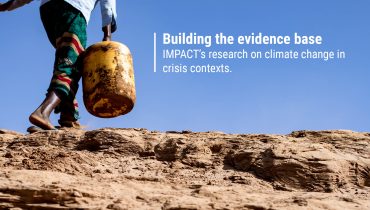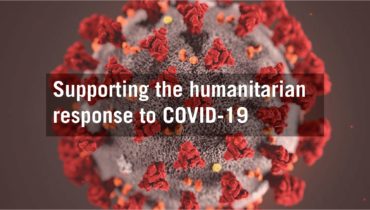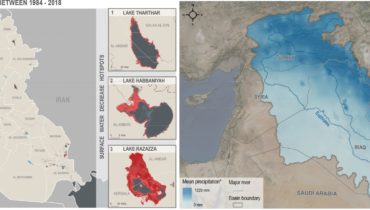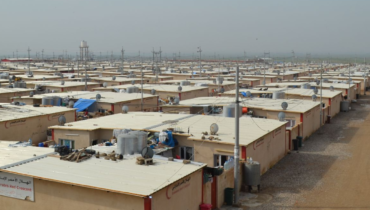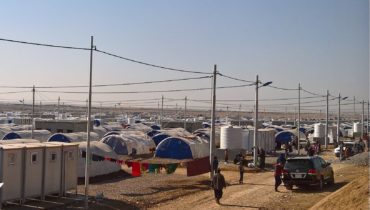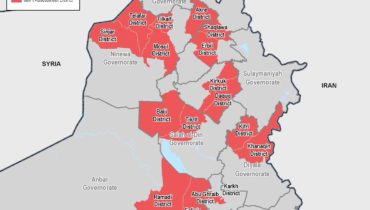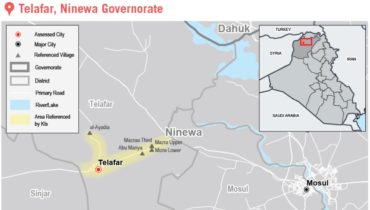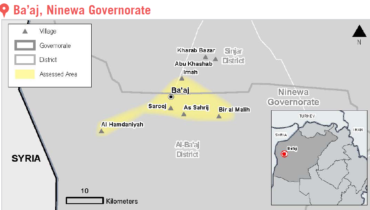Iraq: Severe health conditions and lack of drinking water in Hawiga and western Anbar as offensives continue
4 October 2017
Following the recapture of Mosul city and the Telafar region by the Iraqi Security Forces (ISF) in July and August 2017, the militant group known as the Islamic State of Iraq and the Levant (ISIL) only remained in control of two more areas of Iraq: Hawiga in southwestern Kirkuk governorate and the far western reaches of Anbar governorate. Operations to retake both areas started in late September 2017, raising concerns about the large waves of displacement they could cause, with over 65,000 and 75,000 civilians estimated to be in Hawija and western Anbar respectively, according to the UN.
In order to inform the humanitarian response to the anticipated displacement of these civilians, REACH conducted two rapid assessments of the humanitarian situation in ISIL-controlled areas of Hawiga district and western Anbar, through in-depth interviews with 30 respondents who had recently displaced from these areas. Based on the collected data, REACH compiled Rapid Humanitarian Overviews for each site, capturing multi-sectoral needs data, displacement overviews, and information concerning the intentions of those yet to displace, as well as future plans to return.
For both Hawiga and western Anbar, access to healthcare services and clean drinking water were the most severely reported needs. Respondents also noted extremely limited livelihood opportunities, with households rapidly running out of savings. Food security was especially weak in Hawiga, while respondents from both areas reported that children had not received formal education for three years. In addition, civilians leaving both Hawiga and western Anbar reported spending significant sums of money paying smugglers to guide them on safe routes; in western Anbar in particular, respondents reported paying up to 440 US dollars to reach their final areas of displacement.
As the military operations to retake these areas continue, such assessment findings will help to not only inform on the needs of newly displaced populations, but also on the conditions in the areas to which these displaced populations will eventually return once security is restored.
Access more detailed findings in REACH Rapid Humanitarian Overviews:
- Hawiga: http://bit.ly/2h9OWz8
- Western Anbar: http://bit.ly/2xypltc



